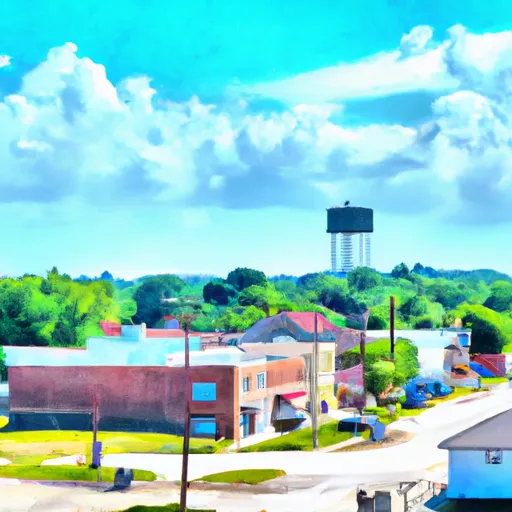°F
°F
mph
Windspeed
%
Humidity











Hurdland is a small town located in Knox County, Missouri. It experiences a humid continental climate, characterized by hot, humid summers and cold, snowy winters. Average temperatures range from the mid-80s Fahrenheit in summer to the mid-30s in winter, with precipitation occurring throughout the year.
The hydrology constituents of Hurdland include several small creeks and streams that flow through the area. The town is not located near any major rivers or lakes, but residents can enjoy fishing and boating opportunities in nearby bodies of water.
Outdoor recreation opportunities in Hurdland and its surrounding areas are abundant. The region is known for its beautiful natural landscapes, offering opportunities for activities such as hiking, camping, and wildlife viewing. There are several parks and conservation areas nearby, providing residents and visitors with access to trails, picnic spots, and scenic overlooks.
Overall, Hurdland, Missouri, offers a pleasant climate with distinct seasons, and its hydrology constituents contribute to the natural beauty of the area. The town's proximity to outdoor recreational facilities makes it an attractive destination for nature enthusiasts.
Weather Forecast
Hurdland receives approximately 997mm of rain per year, with humidity levels near 82% and air temperatures averaging around 12°C. Hurdland has a plant hardyness factor of 5, meaning plants and agriculture in this region thrive during a short period during spring and early summer. Most plants will die off during the colder winter months.
Regional Streamflow Levels
62
Cubic Feet Per Second
154
Cubic Feet Per Second
1
Cubic Feet Per Second
193
Cubic Feet Per Second
Nearby Camping
| Camping Area | Reservations | Toilets | Showers |
|---|---|---|---|
| Little Rock AFB Military | |||
| Gunner Pool | |||
| Georges Cove - Norfolk Lake | |||
| Camp Robinson RV Military | |||
| Barkshed | |||
| Maumelle |



